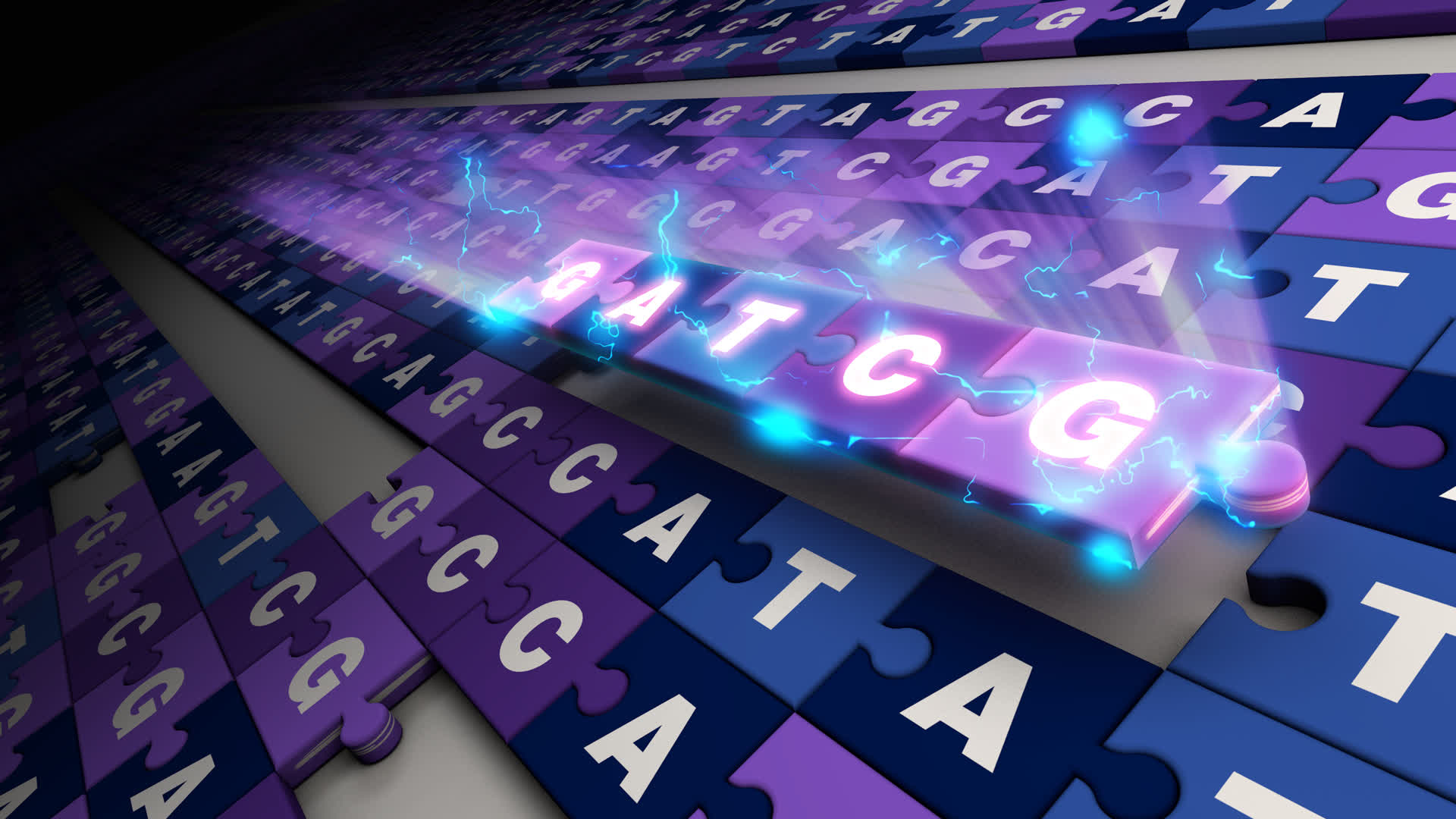Why it matters: Scientists are confident the complete picture of the human genome will lead to an even better understanding of human evolution and perhaps help pave the way for discoveries in the fields of neurodegenerative conditions, aging, heart disease and cancer. Such discoveries are still years away, but at least scientists now have a complete roadmap to work with.
Scientists have finally finished mapping the human genome, a project that has collectively spanned more than two decades. If this sounds like déjà vu, there's a good reason for it.
Just after the turn of the century, it was widely reported that the human genome had been fully sequenced. In actuality, only about 92 percent of it had been successfully sequenced. The remaining eight percent of genetic material, which amounted to around 400 million letters, remained a mystery due to technological limitations at the time.
Evan Eichler, a researcher at the University of Washington who participated in the latest work as well as the original Human Genome Project, said some of the genes that make us uniquely human were in the missing eight percent.
Karen Miga, an author of one of the six studies published this week, described the missing data as large and persistent gaps that fall into pretty important regions.
"It took 20-plus years, but we finally got it done," Eichler added.
The team's work was first shared in preprint last year, but the fully peer-reviewed work is now available in the journal Science.
